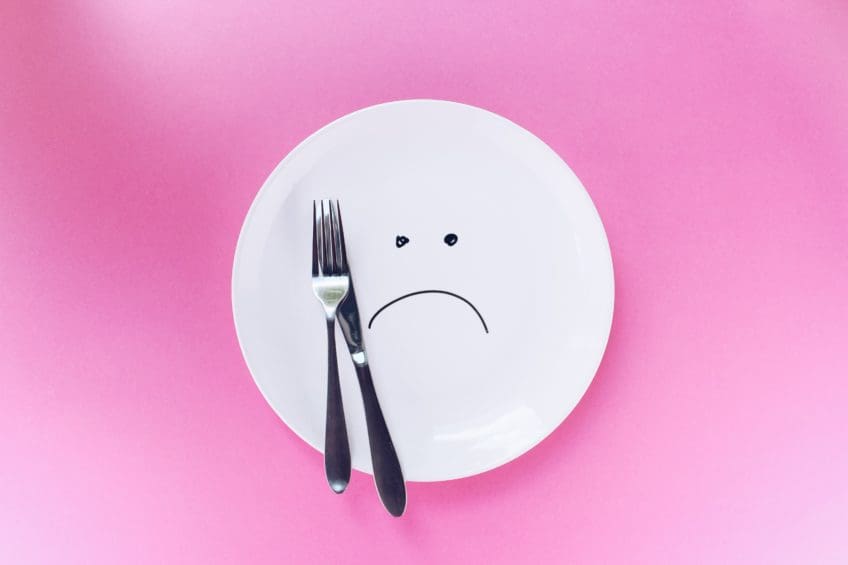Why we shouldn’t label foods as “good” and “bad”
Classifying foods as “good” and others as “bad” is a topic we feel is really worth discussing. In today’s culture, these words are being thrown around constantly, particularly when someone is talking about treats or foods that may not be viewed in the healthiest light. For many of my clients, the idea of grouping foods into these two categories looks something like this:
“Good food”: salad, fish, oatmeal, quinoa, blueberries, cottage cheese, chicken
“Bad food”: cake, ice cream, bread, cookies, cereal, cheese, pasta
Typically, foods that may have had a mixed reputation over time (think cheese or eggs), foods that currently are being demonized by our diet culture (all carbohydrates) or foods that may be considered indulgences or treats all end up in the “bad food” category.
Once we have given foods an inherent label of good or bad, the way we start to feel about ourselves is also directly affected. Suddenly it isn’t simply that we ate a slice of black forest cake that has a label of “bad”, we begin to think of ourselves as being “bad” when we choose to indulge.
Research shows that orthorexia, an obsession with foods that one considers healthy, is growing rapidly in our society. That is why when we see thought patterns that align with this phenomenon begin to emerge, we know it is vital to a client’s long-term success to remove these labels and understand that no food truly is good or bad. Rather, we suggest we examine our own motivations behind choosing foods and the ultimate feelings we have towards ourselves after choosing them.
We would encourage you to examine your own thoughts and feelings towards foods that you may deem as good or bad and assess where these feelings stem from. Working with a registered dietitian is an excellent venue to explore these beliefs in non-judgmental and supportive environment.

